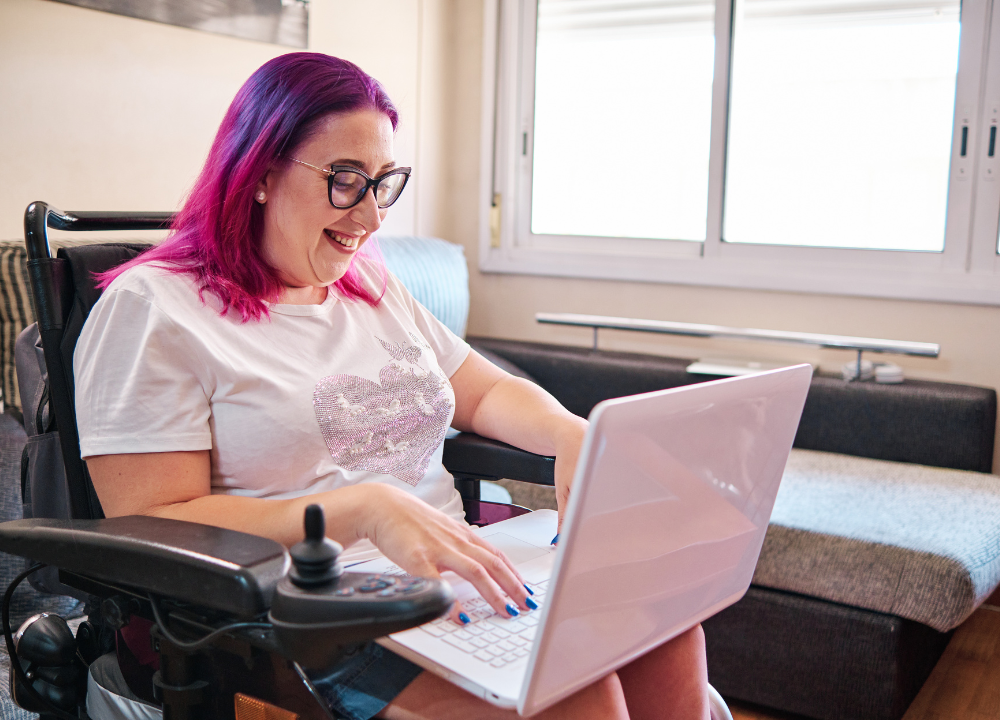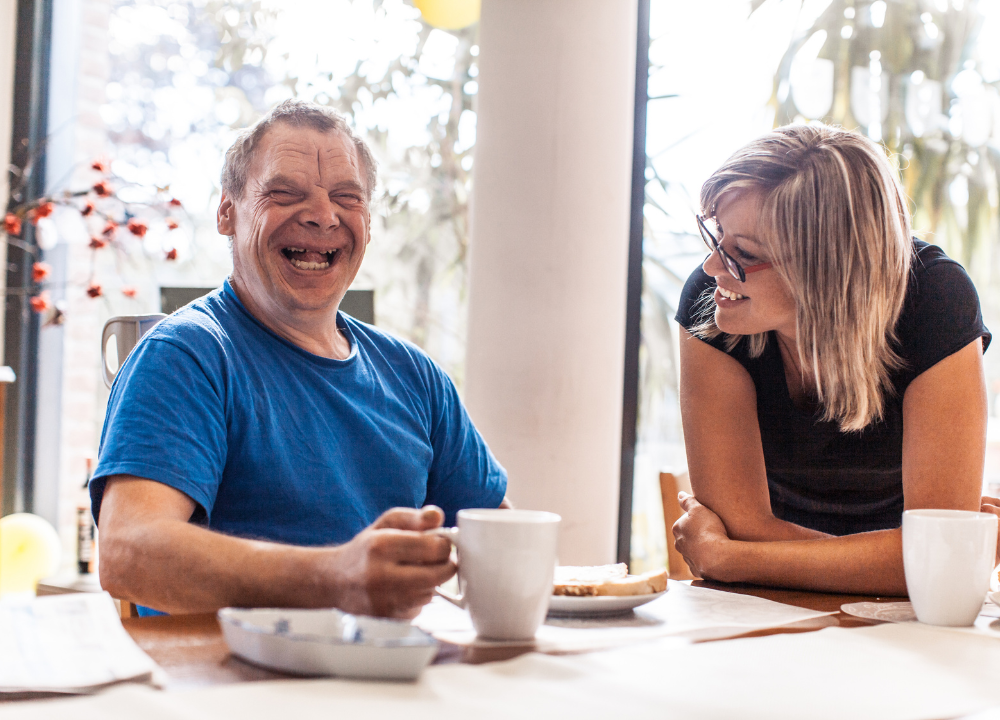Person-centered planning is a cornerstone of the Self-Determination Program (SDP) offered to Californians. Those with intellectual or developmental disabilities (IDDs) often qualify for Regional Center services to help them be as independent as their circumstances allow. Ironically, though, many Regional Center customers aren’t satisfied with the amount of input they have over the services they receive.
To combat this feeling, there has been a robust effort to advance the principles of person-centered planning. Person-centered planning, in a nutshell, means that the individual receiving services or care has their goals and needs placed as priorities. The Self-Determination Program has many opportunities and perks, but to access them, you have to first be able to clarify what you need and why.
If you want to dive deeper into person-centered planning, please see our previous blog post on the subject. This blog entry will cover what the first round of person-centered planning usually looks like for SDP participants.
Nuts and Bolts of the Person-Centered Planning Process
The purpose of enrolling in the SDP, for many participants, is to get behind the wheel when it comes to their Regional Center services. The end goal is to come up with a person-centered plan and individual spending plan, which lay out the specific ways participants will get services delivered to them.
To get there, participants need to hold an initial meeting with their circles of support (family, friends, loved ones, social workers, therapists) and, usually, a representative from the Regional Center. This representative may instead be an independent facilitator or professional Person-Centered Planner. The participant is encouraged to come up with ground rules for the meeting, such as:
- The time and place
- Topics that should and should not be addressed
- The level of involvement and input desired from support circle members
- How to use equipment and supports to help them participate as much as they like
The representative or independent facilitator can help guide participants through the person-centered planning process by having productive conversations about:
- What a happy, healthy, and meaningful life means for each participant
- What kinds of support a person might need to take action and build the life they desire
- What is most important TO the participant, like achieving certain goals or learning new skills
- What is most important FOR the participant, like meeting with specific care providers or getting access to certain services and tech
- How to connect these things and create a balanced plan
Through different strategies and activities, your independent facilitator can help you discover what your idea of self-determination looks like.
They can help you explore your likes, dislikes, routines, and what is or isn’t working for you before entering the program so that you can create a plan that truly speaks to you.
And, remember, your facilitator may be your navigator, but you’re in the driver’s seat.
The initial meeting is where participants get to talk about their dreams—don’t be afraid to dream big! Once it comes to an end, the participant collaborates with key parties to develop the person-centered plan into the individual program plan.
How can an independent facilitator help?
In the person-centered planning meeting, an independent facilitator can essentially fulfill any role the participant desires. They can take an active role in leading the meeting and steering the discussion toward topics the participant wants covered. On the other end of the spectrum, the independent facilitator might be asked to simply take notes and respond to questions specifically addressed to them.
Independent facilitators are trained in self-determination and person-centered principles. They are well-versed in knowing how to write a person-centered plan.
How Do I Find Someone to Help with a Person-Centered Plan?
Some vendors are certified to provide person-centered planning services. These entities are usually well-known to Regional Centers and may be recommended to participants. Non-vendored entities may receive Regional Center compensation for the initial person-centered planning meeting if they have demonstrated competency in person-centered principles.
When Can I Get Started?
We hope this blog post has you excited about holding an initial person-centered planning meeting. Stepping into the California SDP is empowering for many people with IDDs. Need help getting started? Person-centered planning examples are all over the internet if you need some inspiration.
The NeuroNav team can help SDP-eligible Californians develop a person-centered plan that outlines participants’ goals and how those goals can be accomplished over the next 12 months. Your NeuroNav independent facilitator will walk you through the person-centered process so you understand what’s happening at every juncture.
We treat clients like people—not patients. Let’s talk sometime soon.




